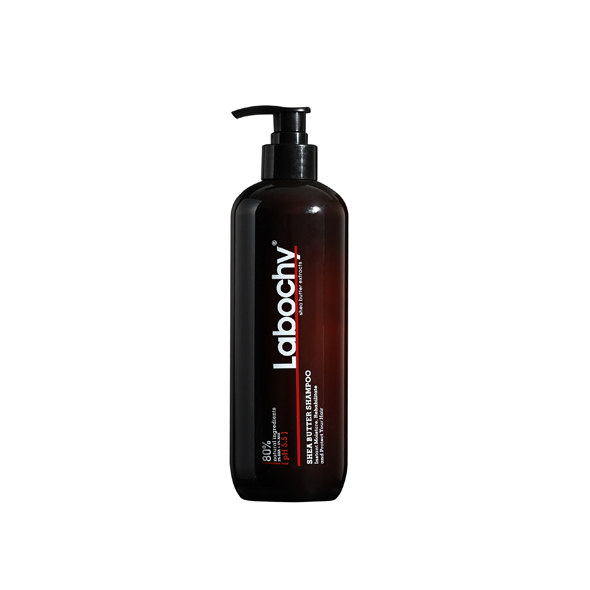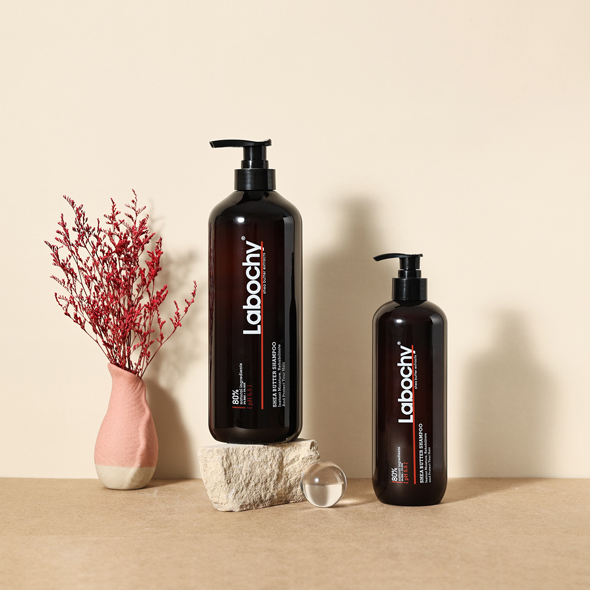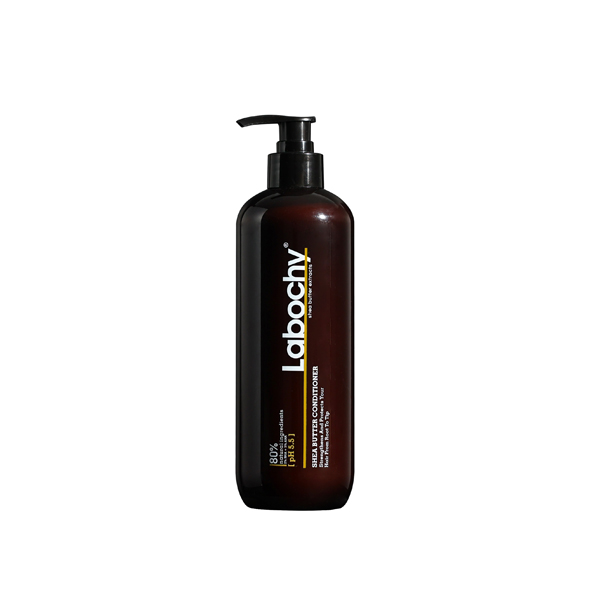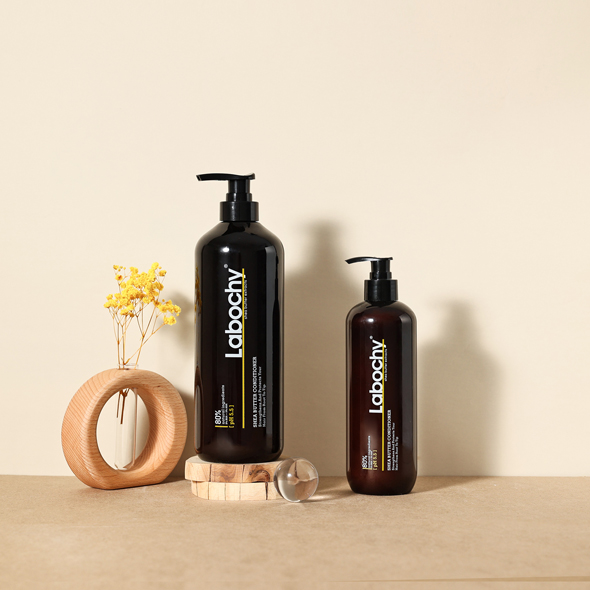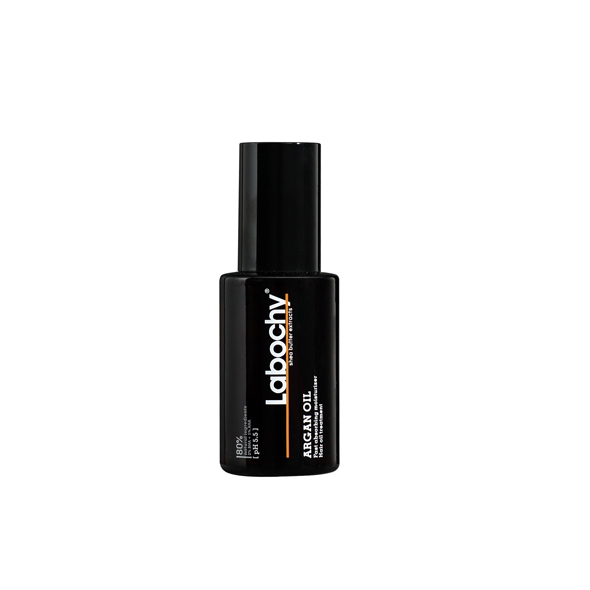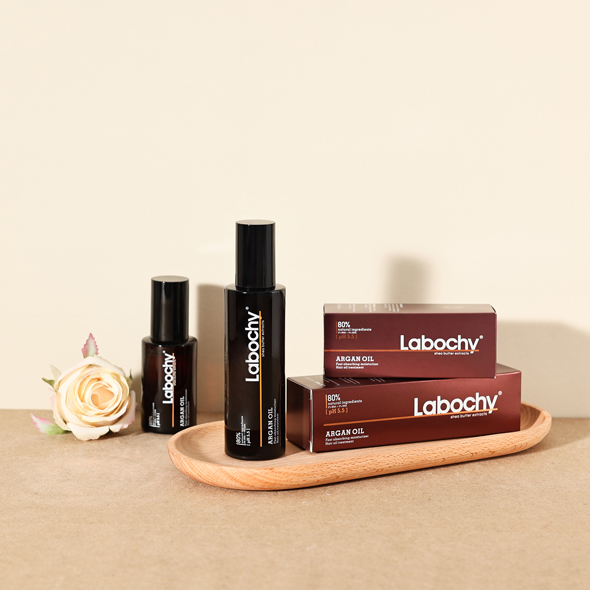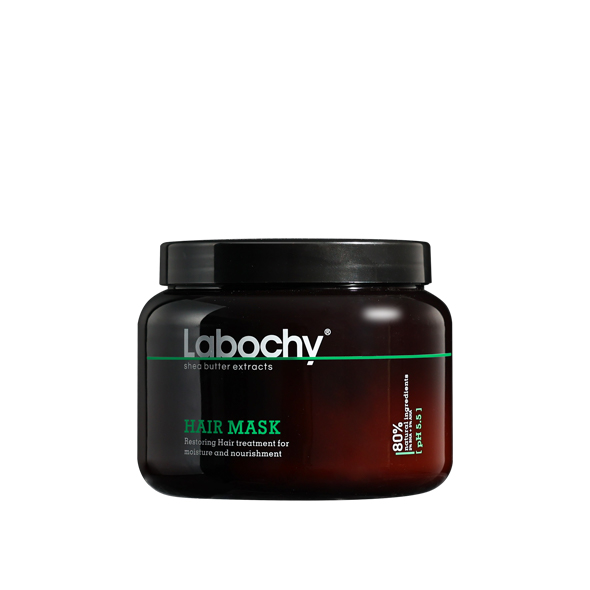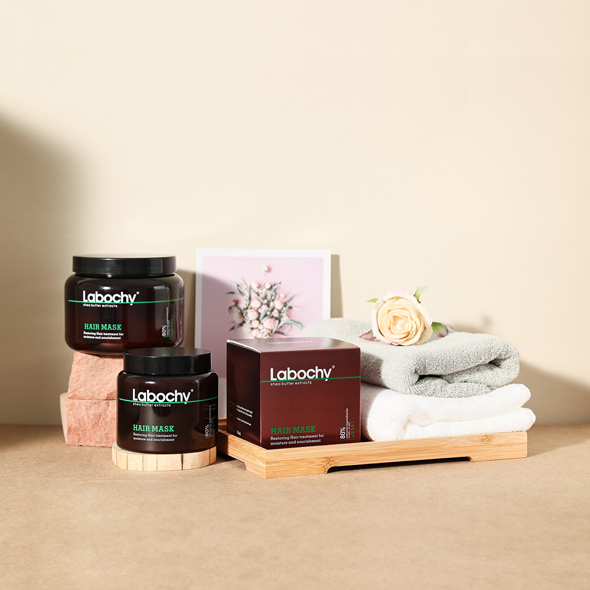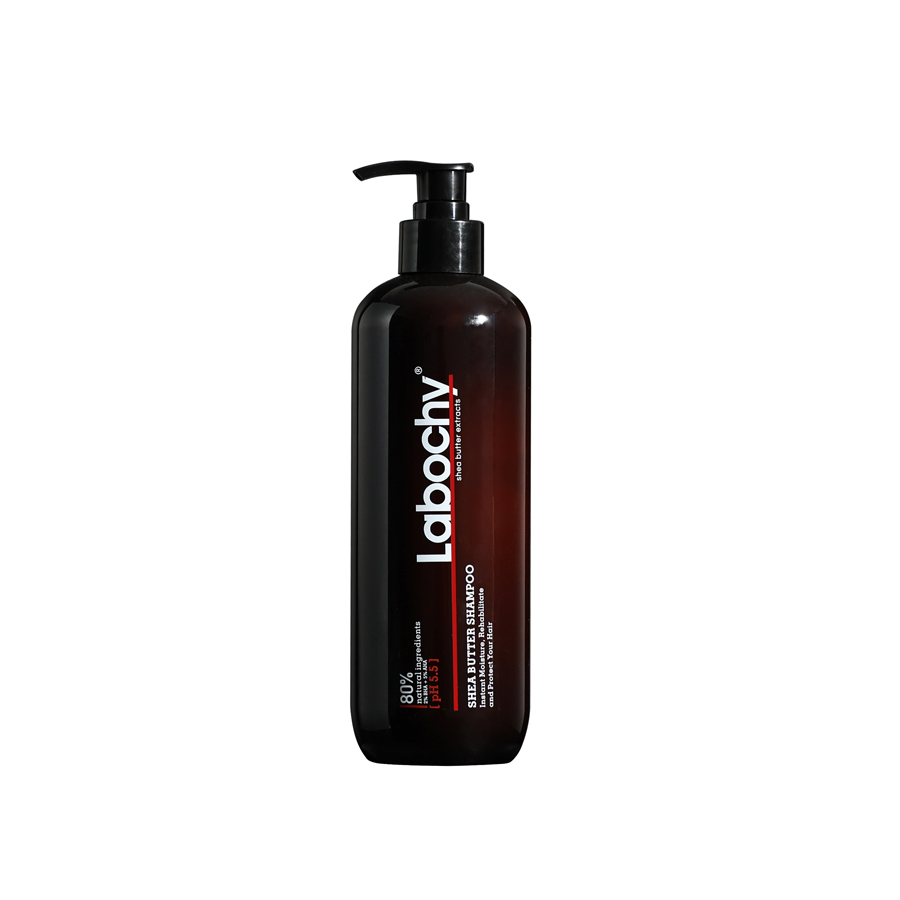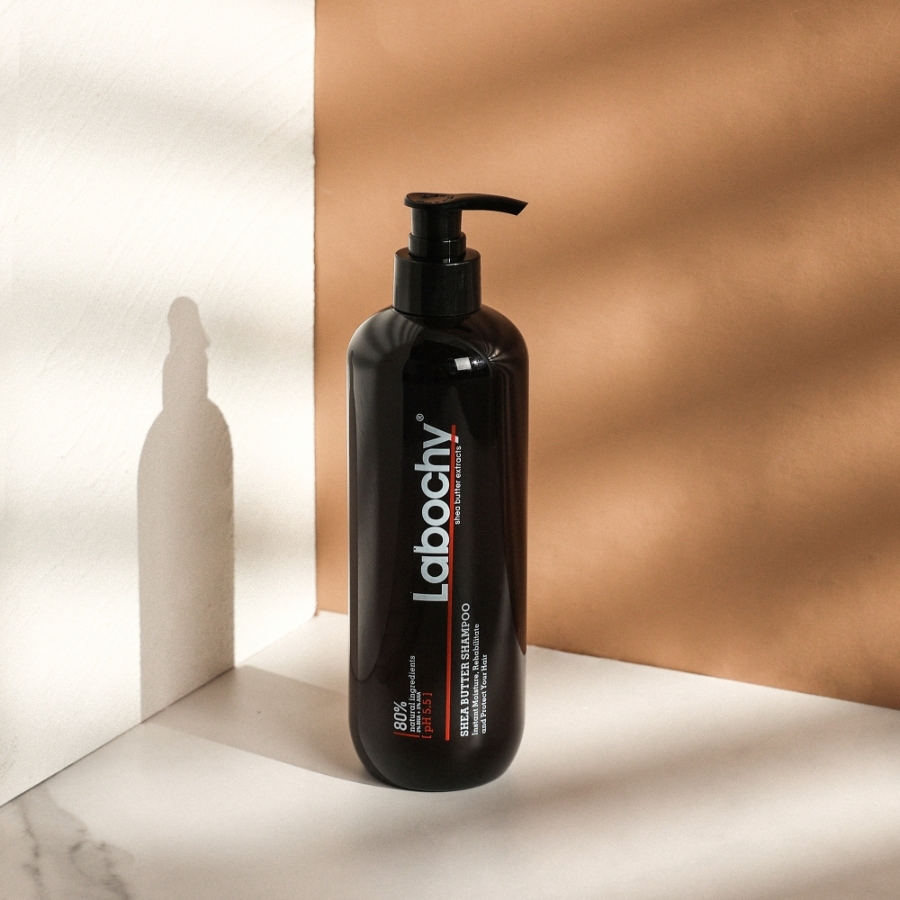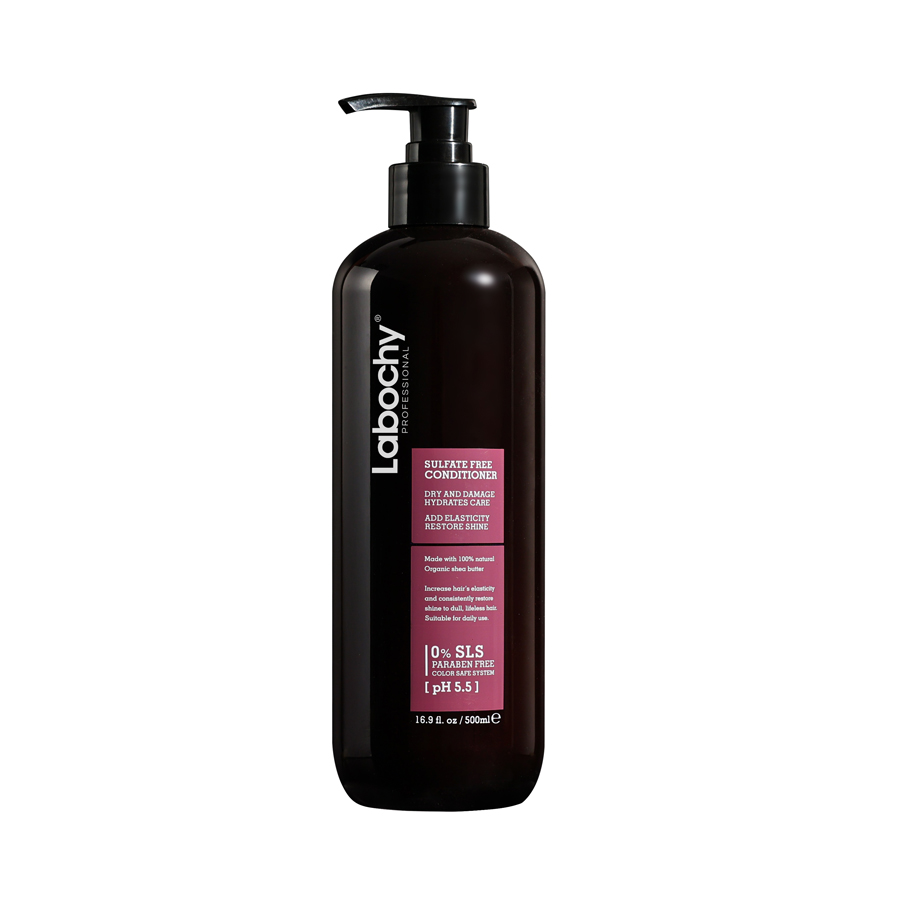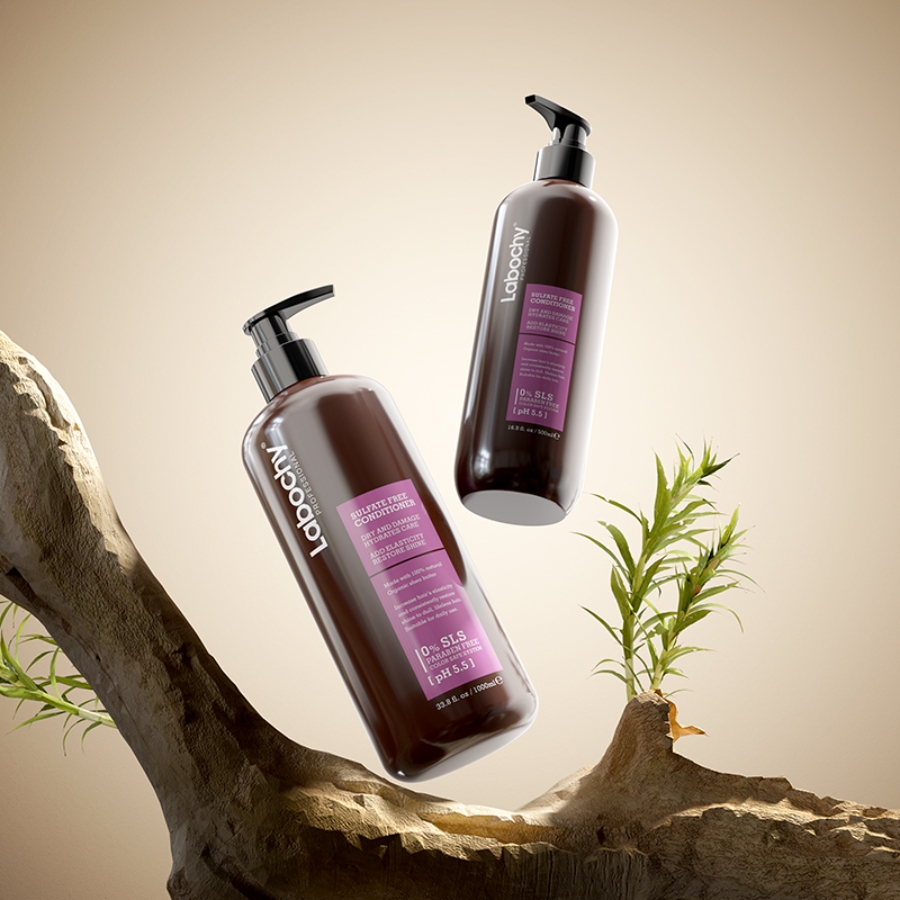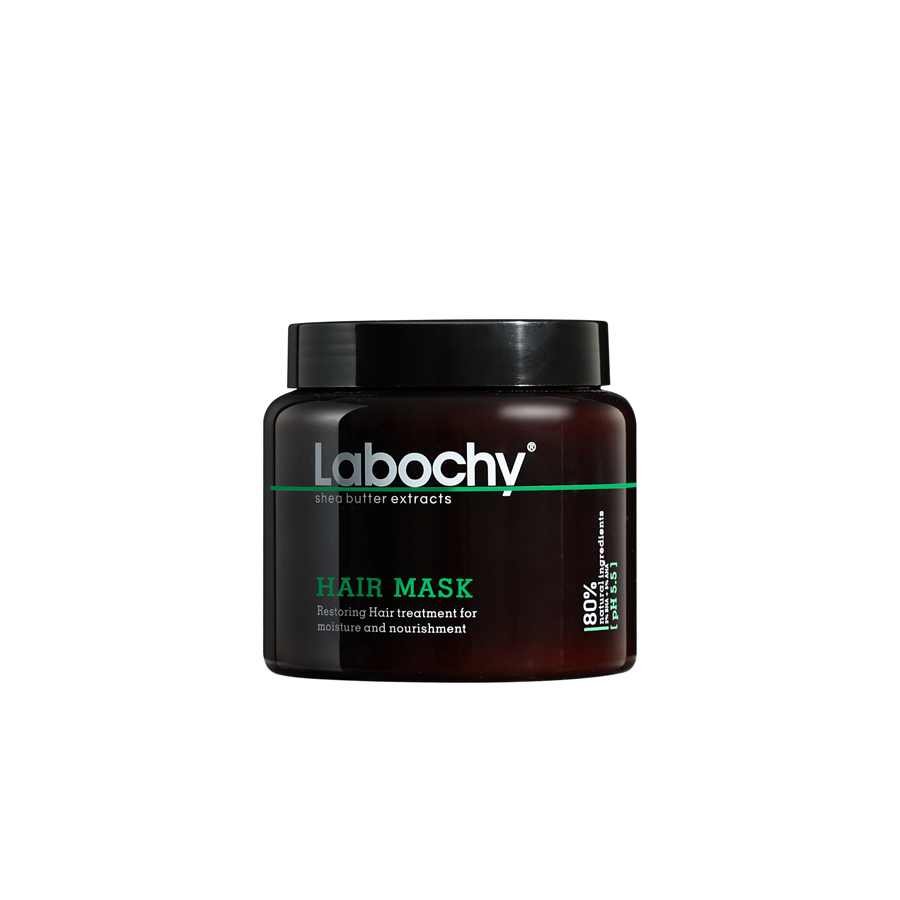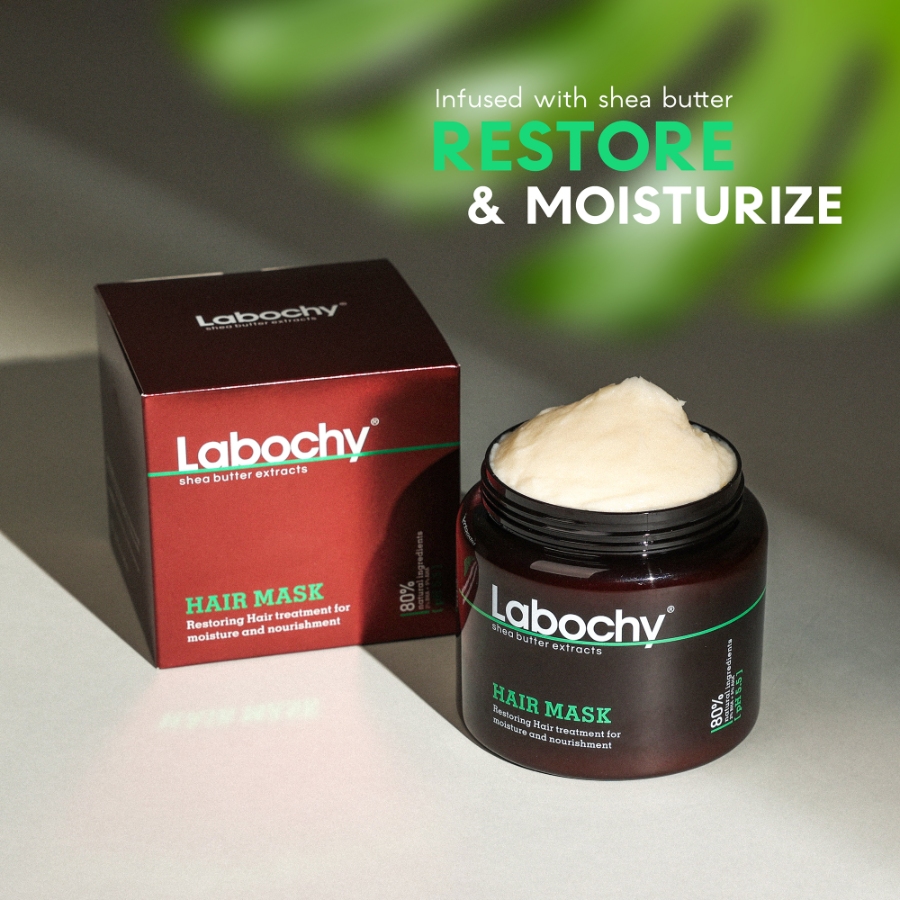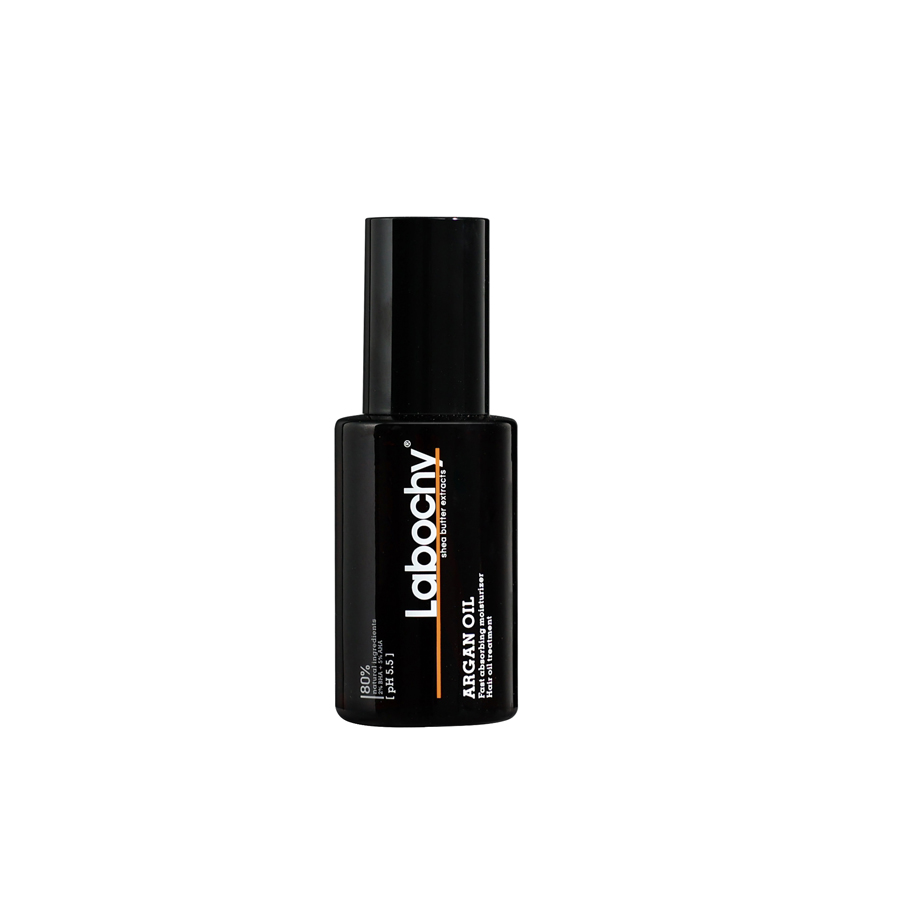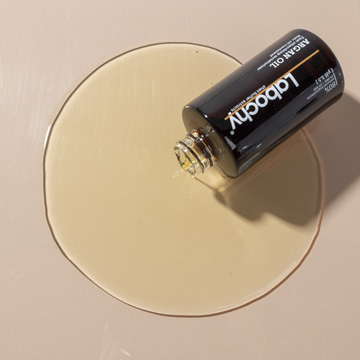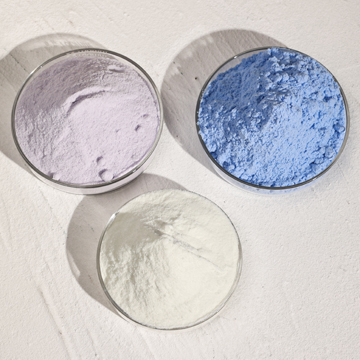
Bleach is a powerful tool for achieving stunning hair transformations, but its potent nature can also cause significant damage if not handled with care. Bleach damage often manifests as dryness, breakage, split ends, and overall dullness. However, fear not, as there are effective methods to revitalize and repair bleach-damaged hair. In this guide, we’ll explore a variety of techniques and treatments to restore your locks to their former glory.
Understanding Bleach Damage:
Before diving into solutions, it’s crucial to understand how bleach affects the hair. Bleach works by penetrating the hair shaft and breaking down the melanin, which gives hair its color. This process can weaken the hair structure, leading to brittleness and breakage. Additionally, bleach strips the hair of its natural oils, leaving it dry and prone to damage.
Assessing the Damage:
The first step in repairing bleach-damaged hair is to assess the extent of the damage. Take a close look at your hair to identify any areas of breakage, split ends, or extreme dryness. Understanding the specific issues will help you tailor your treatment plan accordingly.
Deep Conditioning:
One of the most effective ways to combat bleach damage is through regular deep conditioning treatments. Look for nourishing hair masks or conditioners specifically formulated for damaged hair. Ingredients such as keratin, argan oil, and coconut oil can help replenish moisture and strengthen the hair shaft. Apply the deep conditioner generously to damp hair, focusing on the mid-lengths and ends, and leave it on for the recommended time before rinsing thoroughly.
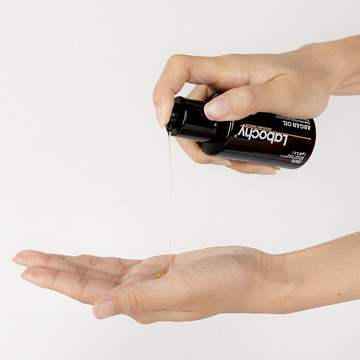
Protein Treatments:
Bleach damage often results in protein loss from the hair, leading to weakness and breakage. Protein treatments can help restore strength and elasticity to damaged hair. Look for products containing ingredients like hydrolyzed keratin or wheat protein. These treatments work by filling in gaps in the hair shaft, reinforcing its structure from within. Use protein treatments once or twice a week to gradually rebuild the hair’s strength.
Trim Regularly:
While it may be tempting to hold onto every inch of length, regular trims are essential for repairing bleach-damaged hair. Trimming off split ends prevents them from traveling up the hair shaft and causing further damage. Aim to schedule a trim every 6-8 weeks to keep your hair healthy and free from split ends.
Limit Heat Styling:
Excessive heat styling can exacerbate bleach damage by further drying out the hair and causing additional breakage. Limit the use of hot tools such as flat irons and curling wands, and when you do use them, always apply a heat protectant spray beforehand. Additionally, opt for lower heat settings and minimize the frequency of styling to give your hair a chance to recover.
Avoid Over-Washing:
Frequent washing can strip the hair of its natural oils, leaving it dry and prone to damage. Instead of washing your hair daily, try to extend the time between washes and use a gentle, sulfate-free shampoo when you do wash. Consider incorporating dry shampoo into your routine to refresh your hair between washes without stripping away moisture.
Hydrate from Within:
Healthy hair starts from the inside out, so make sure you’re nourishing your body with plenty of water and a balanced diet rich in vitamins and nutrients. Foods high in omega-3 fatty acids, such as salmon and avocado, can help promote healthy hair growth and shine.
Repairing bleach-damaged hair requires patience, consistency, and a tailored approach to treatment. By incorporating deep conditioning, protein treatments, regular trims, and mindful hair care habits into your routine, you can restore vitality and strength to your locks. Remember to be gentle with your hair and give it the care and attention it needs to thrive. With dedication and the right techniques, you can achieve healthy, beautiful hair that radiates confidence and vitality.
YOU MAY ALSO LIKE

100% Official & Genuine
SMOOTH HAIR SPEAKS LOUDER THAN WORDS-

Australia's Raw Materials
Safe And Effective
-

Shea Butter
Natural Formula
-

Contact Us


